Tamarix planting rules, care secrets and breeding features
Tamarix, or comb, is an evergreen or deciduous tree (shrub) that can live in one place for more than 70 years without losing its decorative qualities. The flowering of tamariks is a magical sight, graceful branches are as if enveloped in a delicate cloud woven from small flowers-beads, which is why the plant received another name - beaded tree, beads. A charming tamarix can be successfully grown on your site, it is enough to know the peculiarities of its planting and reproduction, to study the nuances of caring for the southern exotic.
Tamarix species
Of the 75 known species of tamarix, the following are suitable for the climatic conditions of Russia.
- T. branched - lover of warmth, light and moist soil, grows up to 2 m. Dark green pointed leaves are bordered by a white stripe. The flowers are crimson, blue or purple, they are kept on the branches from June to September. Winters well in the middle lane.
- T. Gogenaker - a shrub form that grows up to 3 m. Grows in nature in the Lower Volga, southern Urals. In the Crimea and the Caucasus, it forms a tree, often reaching a height of 6 m. The flowers are lilac-pink or pure white.
- T. Meyer. Height - 3-4 m, inflorescences are long, up to 15 cm, with white flowers. It tolerates frosts down to -30 ° С.
- T. graceful with inflorescences of bright pink color. Flowering begins in June. Height up to 4 m, lower temperature bar - -20 ° С.
- T. loose - a large shrub or tree up to 5 m tall. Interesting in the color of spreading branches - gray or green. Inflorescences are lush panicles with pink flowers. The flowering period is about 2 months. Frost and drought resistant.
Planting tamarix
The easiest way to grow beads is from a seedling purchased from a local nursery and, accordingly, maximally adapted to the climatic conditions of your region. A correctly chosen seedling will take root in a new place without difficulty.
The "correct" seedling is not tall, young, all its shoots are healthy, without signs of drying out or diseases, the root system is completely covered with soil.
The place for planting is chosen taking into account the natural needs of the plant:
- well lit by the sun;
- ventilated;
- moderately humid, but without stagnant water, with deep groundwater.
Tamarix easily tolerates gas pollution in the city air; it can be grown in urban areas.
The plant is undemanding to the soil, the soil can be infertile, alkaline, with a high salt content, but always well-drained. The best option is sandstone or sandstone, flavored with humus.
At first glance, tamarix is an exotic plant that certainly requires a special approach. In fact, planting a seedling is extremely simple.
- The most suitable time is the beginning of spring.
- The planting hole in diameter should be twice as wide as the earthen coma, the depth should be 15-20 cm more.
- The bottom of the pit is covered with a thick layer of sand and rubble, gravel or pebbles - 10-15 cm, depending on the type of soil, then a layer of wood ash mixed with humus is placed.
- Too tall, overgrown seedlings are cut off.
- The seedling is carefully removed from the container, placed in a hole, the roots are straightened, covered with the extracted soil, a little ramming.
- Water abundantly. The root collar after watering should be at ground level.
Care features
If the place for planting is chosen taking into account the "tastes" of the comb maker and it is planted according to the recommended method, then for most species care is reduced to a minimum set of manipulations.
Watering
Required only for young plants, should be scarce. Upon completion of rooting, the seedlings are watered only with a prolonged (more than 2 weeks) absence of precipitation. An exception is T. branched, which needs more frequent watering.
Tamarix is unusual in that its bark is capable of storing moisture for future use. Excessive watering will not only harm the root system - with the onset of cold weather, the tree will simply freeze from excess water in the bark tissues.
Mulching the trunk circle in early spring will reduce the amount of watering. From mid-September, moisture is completely stopped to facilitate wintering.
Top dressing
Under the root, organic matter is applied once a season - in the spring, as soon as the buds begin to swell. Subsequent fertilizing with potassium and phosphorus-containing fertilizers is done on the leaves.
If a small amount of organic matter and minerals is added to the mulch in the spring, they do not bother with feeding the beads until the end of the season.
An excess of fertilizers reduces the natural immunity of tamarix - it is optimal to use them in a reduced dosage.
Pruning
The procedure is necessary to give the tree or shrub a well-groomed look.
- Formative pruning is carried out at the very beginning of spring, before the juices begin to move, without a doubt removing shoots that are knocked out of the desired shape. Branches are cut into the ring, which give a small increase.
- Sanitary pruning involves removing shoots frozen over the winter, broken and dry twigs. Particular attention is paid to the color of the bark: black spots indicate the development of mold fungi, such branches and shoots are urgently removed, cutting to a healthy area.
- Rejuvenating pruning is done every 5-6 years, shortening the shoots located at the base.
- To preserve decorativeness, excessively elongated shoots and fading inflorescences are regularly removed.
- Young shoots of tamarix grows very quickly, therefore, the crown is periodically thinned out during the season.
The combers' ability to quickly restore their beauty is used in hedges.
Diseases and pests
Only those plants that have been improperly cared for are susceptible to diseases and pest attacks - this is facilitated by thickening of the crown and waterlogging of the soil, especially before wintering. Violations provoke the development of fungal infections, usually manifesting themselves as brown or black spots on the bark and leaves. The affected parts of the beads are cut out and burned. Plants are sprayed with fungicides.
If fungal diseases are frequent guests of the site, during the flowering period tamarix is treated with copper-containing preparations.
Preparing for winter
Tamarix is prepared for winter, taking into account the species and climatic characteristics of the region.
So, in the Moscow region and the middle lane, wintering is organized according to the following rules.
- Branched tamariks are cut to the level of snow, in a snowless winter they spud, mulch and cover the tree trunk circle with spruce branches.
- Graceful and loose - the trunk circle is mulched.
- Heat-loving species mulch, huddle, tie and bend branches, cover with non-woven cloth, and put spruce branches on top.
In the Urals and Siberia, they do the same with frost-resistant varieties and species. Cultivars that are not adapted to harsh winters are prepared according to the following scheme:
- the trunk circle is mulched and covered with spruce branches;
- the crown is wrapped in burlap or agril;
- as the snow falls, it is thrown onto the bushes.
In the southern regions, mulching is usually done.
Reproduction
Tamarix is propagated by seeds and cuttings.
The process of growing from seeds is long, it takes more than 4 months to get viable plants. This option is more suitable for specialized farms. Other difficulties are the short shelf life of seeds, their non-ripening in temperate latitudes.
Growing technology:
- seeds are distributed over the surface of the substrate (sand + garden soil), without deepening or falling asleep;
- the container with crops is placed in a tray with water;
- in the spring, grown plants are planted in a garden bed with mandatory shelter for the winter;
- transplanted to a permanent place in the second year.
More often, gardeners use cuttings as an easier and more effective way.
- Cuttings are prepared in spring, using lignified shoots of the first year, 1 cm thick. Cuttings length is 7-10 cm.
- The lower sections are treated with a rooting stimulator.
- The rooting substrate is made up of equal amounts of sand and garden soil.
- The cuttings are placed at an angle, deepening by 2 buds, covered with a transparent cap.
- Young leaves are a sign of successful rooting.
- In the spring (in May), the cuttings are transplanted into open ground on school beds. They take care of them according to the usual scheme, they must be covered for the winter. The degree of protection varies by region.
- The following spring, overwintered seedlings are assigned to a permanent place.
Autumn cuttings are rooted in the same way. Often, a container of water is used for rooting, where the cut branches are placed. As soon as the roots appear, they are transplanted into the beds and covered with jars or plastic cups.
It is obvious that the cultivation of exotic tamarix on the site is not difficult. A long-flowering, spectacular tree can be easily grown even by a beginner. It is difficult to find a plant that is easier to plant, unpretentious in care. With a minimum of labor, you can get the maximum return - an elegant tree covered with delicate flowers, rich in nectar, endowed with healing properties.
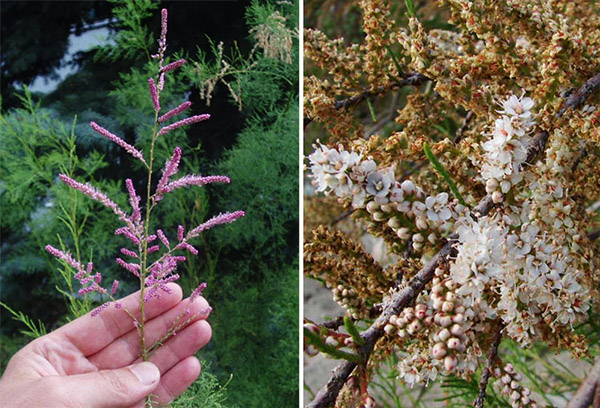
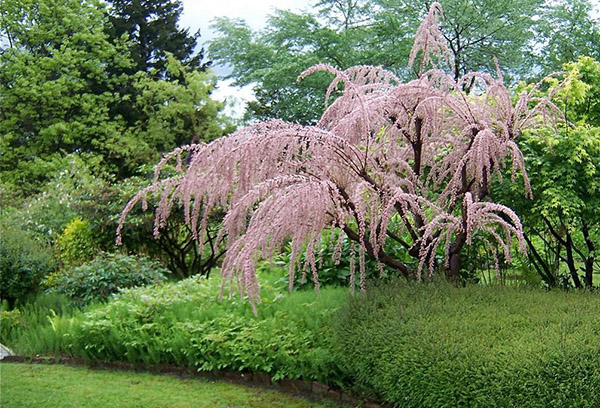
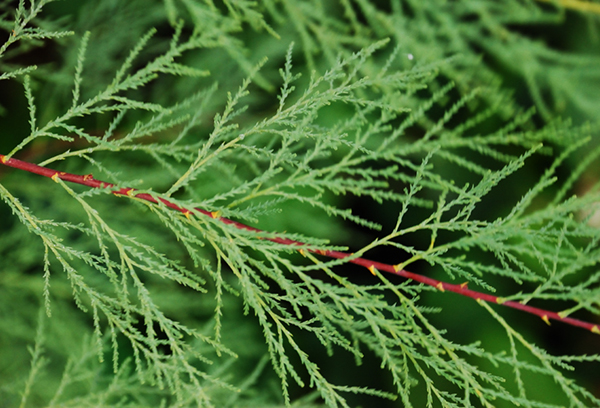
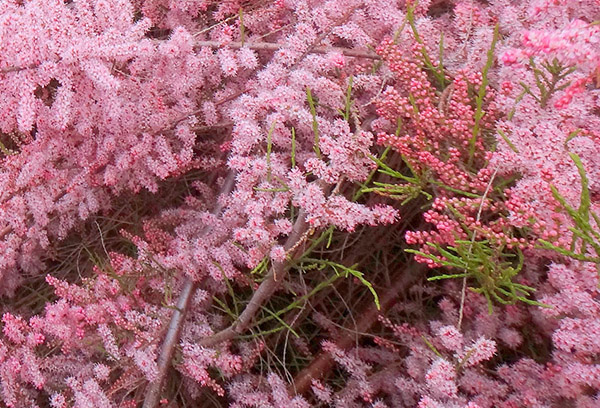
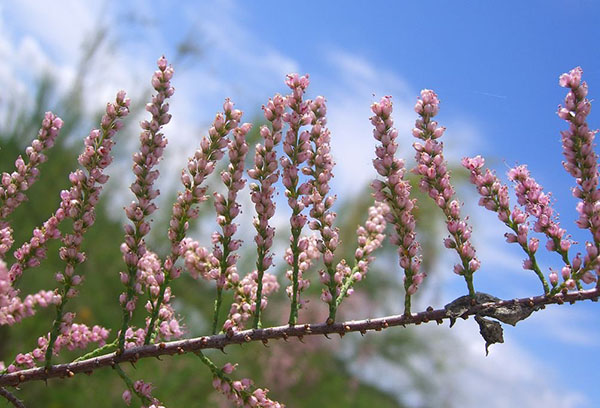
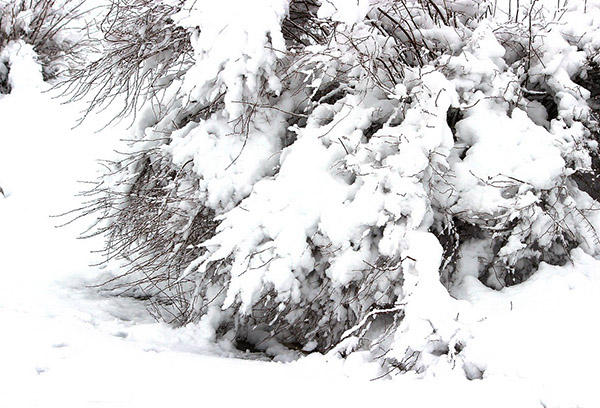
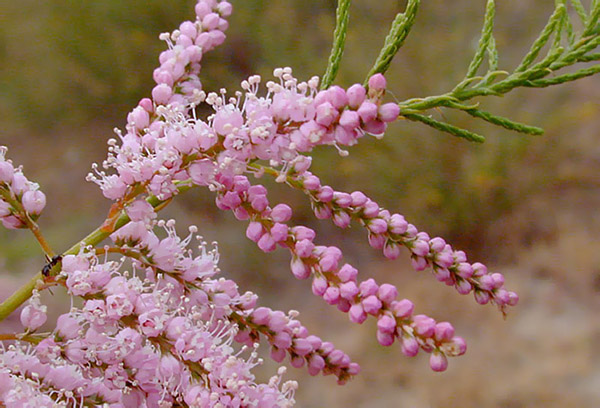
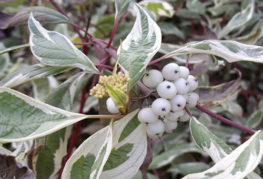
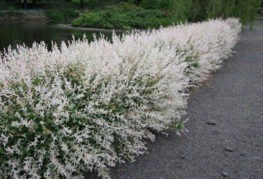

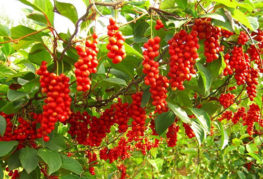
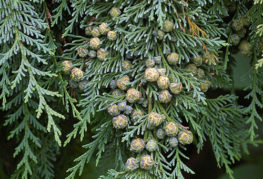
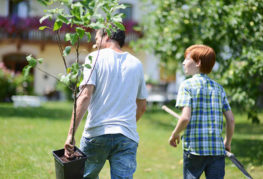
and will be published shortly.